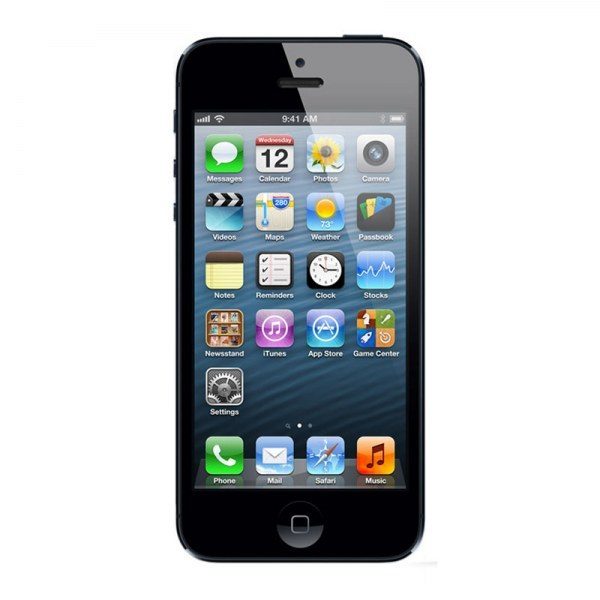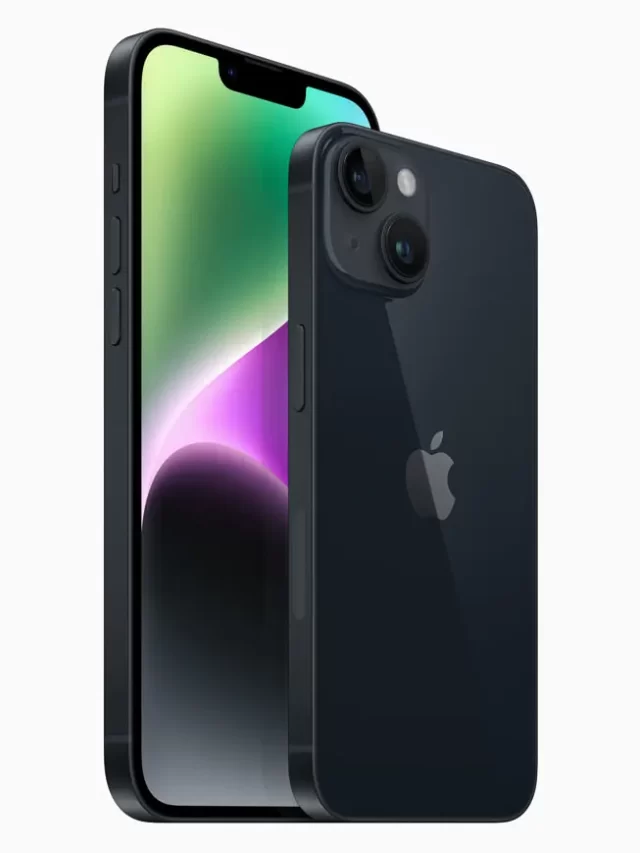Obsolete Devices: Exploring Apple’s Decision and Implications for iPhone Users
The iPhone, a revolutionary device that changed the way we communicate, has been a significant part of our lives for the past 16 years. Over the years, Apple has introduced several iterations of the iPhone, each bringing new features and improvements. However, in a surprising move, Apple has recently rendered five older iPhone models obsolete, leaving many users disappointed and questioning the company’s decision. In this blog post, we will explore the implications of Apple’s move and discuss the impact it has on the longevity of their devices.

The Obsolete iPhone Models: Apple’s recent decision affects five iPhone models: the iPhone 5, iPhone 5c, iPhone 4s, and two iPad models—the fourth-generation iPad and the iPad mini (first generation). These devices, released between 2011 and 2013, have now reached their end of life according to Apple’s support policy.
Reasons Behind Apple’s Decision: Apple’s decision to discontinue support for these devices is primarily driven by technological advancements and the need to focus on newer hardware and software capabilities. As technology progresses, older devices become less capable of handling the latest software updates and security features. This decision allows Apple to streamline its resources and concentrate on providing optimal performance and support to newer iPhone models.
Implications for Users: For owners of the affected devices, this announcement brings both frustration and inconvenience. Users will no longer receive software updates, bug fixes, or security patches for their devices. This lack of support leaves their devices vulnerable to potential security risks and hinders compatibility with newer applications and services. Additionally, the absence of software updates may result in performance degradation over time.
Apple’s Perspective: From Apple’s perspective, discontinuing support for older devices is a necessary step to ensure they can deliver the best user experience on newer models. By focusing on the latest hardware and software capabilities, Apple can take advantage of technological advancements and optimize their products accordingly. Moreover, this decision aligns with Apple’s commitment to privacy and security, as newer devices often incorporate stronger security features that older models may lack.
Considerations for Future Purchases: Apple’s decision highlights an important aspect to consider when purchasing electronic devices: the longevity of software support. While it’s understandable that technology advances rapidly, it is essential for consumers to be aware of the potential lifespan of the devices they invest in. When making a purchase, it’s worth considering how long the manufacturer typically supports their products, as this can impact the device’s usability and overall value in the long run.
Extending the Lifespan of Older Devices: Although Apple’s decision may appear final, there are alternative options for those who still wish to use their older iPhones and iPads. Third-party developers may offer unofficial software updates, custom ROMs, or alternative app stores to maintain functionality to some extent. However, these solutions come with their own risks and may not provide the same level of performance and security as official updates.
While Apple’s decision to render five older iPhone models obsolete may disappoint some users, it is essential to recognize the underlying reasons behind this move. Technological progress waits for no one, and as newer hardware and software advancements emerge, it becomes increasingly challenging for older devices to keep up. Apple’s focus on optimizing their resources and delivering the best user experience on newer models aligns with their commitment to innovation and staying at the forefront of technology.
As consumers, it is vital to consider the longevity of software support when purchasing electronic devices. Understanding the typical lifespan of a device’s software updates allows us to make informed decisions and maximize the value we derive from our investments. While it can be disheartening to see older devices become obsolete, it is a reality that we must accept in the rapidly evolving tech landscape.
For those who still wish to use their older iPhones and iPads, exploring alternative options can help extend their lifespan to some extent. Third-party developers may offer unofficial software updates, custom ROMs, or alternative app stores that can provide a semblance of functionality. However, it is crucial to approach these solutions with caution, as they may come with potential risks and may not offer the same level of performance and security as official updates.
Ultimately, Apple’s decision serves as a reminder of the ever-changing nature of technology and the need to adapt and embrace innovation. As we reflect on 16 years of the iPhone’s existence, it is remarkable to see how far smartphones have come and how they continue to shape our lives. While it can be disappointing to bid farewell to beloved devices, we can look forward to the new possibilities and advancements that each iteration brings. As technology marches forward, it is up to us as consumers to stay informed, make informed decisions, and embrace the future with open arms.
Conclusion: As we celebrate 16 years of the iPhone’s existence, Apple’s decision to render five older iPhone models obsolete reminds us of the rapid pace of technological progress. While it is disappointing for owners of these devices, it is crucial to understand Apple’s rationale behind such decisions. Ultimately, the discontinuation of support for older models allows Apple to focus on delivering a better user experience on newer devices while leveraging the latest technology. As consumers, it is important to consider the longevity of software support when making future purchasing decisions, ensuring that our devices can adapt to the ever-evolving technological landscape.







